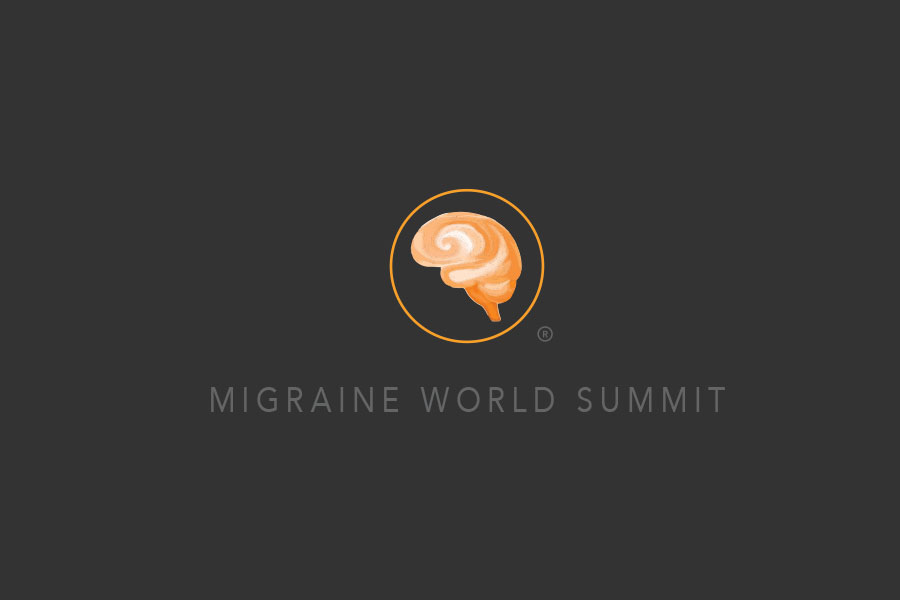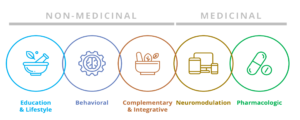Carl Cincinnato
There are several drug-free devices using the latest technology and applications from the chronic pain field to help those with migraine and headache. The exciting news is that not only are there now several devices approved and available on the market today, there’s also a huge pipeline of new devices that will be available in the near future.
Dr. Amaal Starling is an award-winning board-certified headache specialist and neurologist at the Mayo Clinic in Phoenix, Arizona. She’s also an assistant professor of neurology at the Mayo Clinic. Among the numerous accolades she has received are the AHS Above & Beyond Award for service, the Manfred D. Muenter Award for Excellence in Clinical Neurology, and the American Academy of Neurology AAN 2012 Annual Meeting Residency Scholarship.
What are neuromodulation devices and how have they been developed?
Dr. Starling: “It’s important to keep in mind that the concept of neuromodulation for the treatment of headache disorders is not a new concept. Because if you think about it at its most simple and basic level, what’s happening in the brain during a migraine attack or during a cluster headache attack, is there’s actually hyperexcitability; too much electrical activity. So naturally, a way that we can think of treating too much electrical activity is to modulate the electrical currents in the brain using neuromodulation devices. Now in the past, a lot of those devices have been more invasive and have required surgery. And although some of them have been promising in their initial results, they do have a lot of complications. And so for those more invasive devices, the risks and benefits didn’t pan out favorably. What’s happening right now is an explosion of these noninvasive devices — they don’t require any type of surgery, no type of implantation. Some of those devices include single pulse transcranial magnetic stimulation (sTMS mini), noninvasive vagus nerve stimulation (gammaCore), and external trigeminal nerve stimulation (Cefaly), also known as transcutaneous supraorbital nerve stimulation. These are actually several of the devices that have already been FDA-approved.”
What is the Cefaly device and how does it work?
Dr. Starling: “The Cefaly device is a transcutaneous supraorbital nerve stimulation device. Other times, you might hear about it as an external trigeminal nerve stimulation device. And what that device is … it’s this simple tiny little device. And what a patient would do is they have this electrode that they would just peel off, it’s just sticky, and they would put it right on their forehead, and then they can just attach the actual device to it and turn it on. And so what does this little thing do? It stimulates the supraorbital nerve and the supratrochlear nerve, which are branches of the trigeminal nerve. The trigeminal nerve is intricately involved in both migraine as well as in cluster headache. And so the concept of how we think this works is by stimulating that nerve, we’re modulating the upstream brain activity. And they’ve actually done some very interesting studies where they looked at brain imaging — so functional imaging looking at brain activity before someone has used the device and after someone has used the device for a period of weeks. And they’ve found that there is abnormal brain activity in people with migraines in certain parts of the brain that is then normalized after using the Cefaly device. So that actually is suggesting that stimulating, peripherally, these nerves up here is leading to central changes in the brain.”
Are the neuromodulation devices used for acute treatment or prevention?
Dr. Starling: “That’s another interesting commonality between several of these neuromodulation devices. The lines between acute and preventive treatment seem to start getting a little bit blurred. Which is nice, because often it’s confusing for patients to be like: ‘This is what you do every day for prevention, this is what you do as needed, depending on the severity of attack, then you layer this on.’ And especially when you’re having a migraine attack you’re like, “What am I supposed to do?” So it’s hard. So it’s nice with these devices. For example, the Cefaly device, which can be used for prevention: twenty minutes every night is what was recommended, based on the study, for prevention. And then for acute treatment, based on the initial studies, it’s an hour of treatment. So 60 minutes of using this device during an attack can reduce the pain severity of that attack.”
Watch the full interview to find out:
What noninvasive neuromodulation devices have been approved by the FDA for the treatment of migraine?
Are neuromodulation devices safe?
Does insurance cover neuromodulation devices?
Do you need a prescription for neuromodulation devices, and if so, does it have to be from a headache specialist, or can it be from a primary care provider?
Do these devices hurt when you use them?
Can they be used for both acute and preventive treatment of migraine?
How do I know if I’m a good candidate for a neuromodulation device?
Can any of these devices be used for cluster headache?
Are there any side effects from using these devices?
Are there any new devices due to be released soon?
Watch Dr. Amaal Starling’s interview preview here or order it as part of the Migraine World Summit package from this page.
If you previously purchased the 2019 Migraine World Summit, you are all set to login to watch the full interview.
Posted in: Migraine Education





